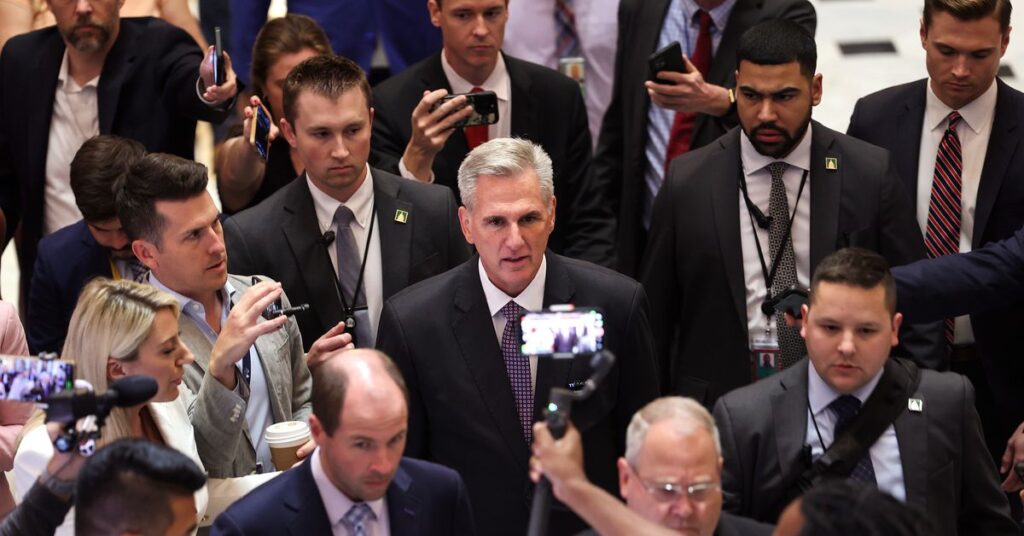Congress got one major step closer to averting a default on Wednesday after the House approved debt ceiling legislation 314-117, with a sizable number of both Republicans and Democrats supporting the bill. 149 Republicans and 165 Democrats ultimately voted for the bill.
The House vote was expected to be the more contentious of the two chambers, and the bill now heads to the Senate, where it’s set to have a relatively smooth path to passage. The House vote on the deal is significant given reports that upwards of 20 Republicans intended to vote against the bill, and worries that House Speaker Kevin McCarthy would be short the support necessary for it to pass. In the end, a number of conservative Republicans as well as progressive Democrats opposed the bill, while a bulk of moderates in both parties backed it.
The final legislation is a compromise between President Joe Biden and McCarthy, and will suspend the debt limit until January 2025, ensuring that the issue won’t be a point of contention until after the 2024 presidential election. It also contains two years of spending caps, an expansion in work requirements for the food stamps program, and an end to a pause in federal student loan payments that’s been in place since 2020.
Multiple conservatives had railed against the bill over the last few days because they felt McCarthy hadn’t secured aggressive enough spending cuts or concessions in exchange for the suspension of the debt ceiling. Conversely, progressives felt like Biden shouldn’t have engaged in negotiations to begin with, and felt he gave away too much on work requirements.
With just days to go until June 5, when Treasury Secretary Janet Yellen projected that the US could run out of money to pay all of its bills, Congress seems like it’s managed to pull an agreement through in time to avoid an economic calamity.
What’s in the debt ceiling deal
Both parties have sought to sell the debt ceiling deal as a win for their respective…
Read the full article here





